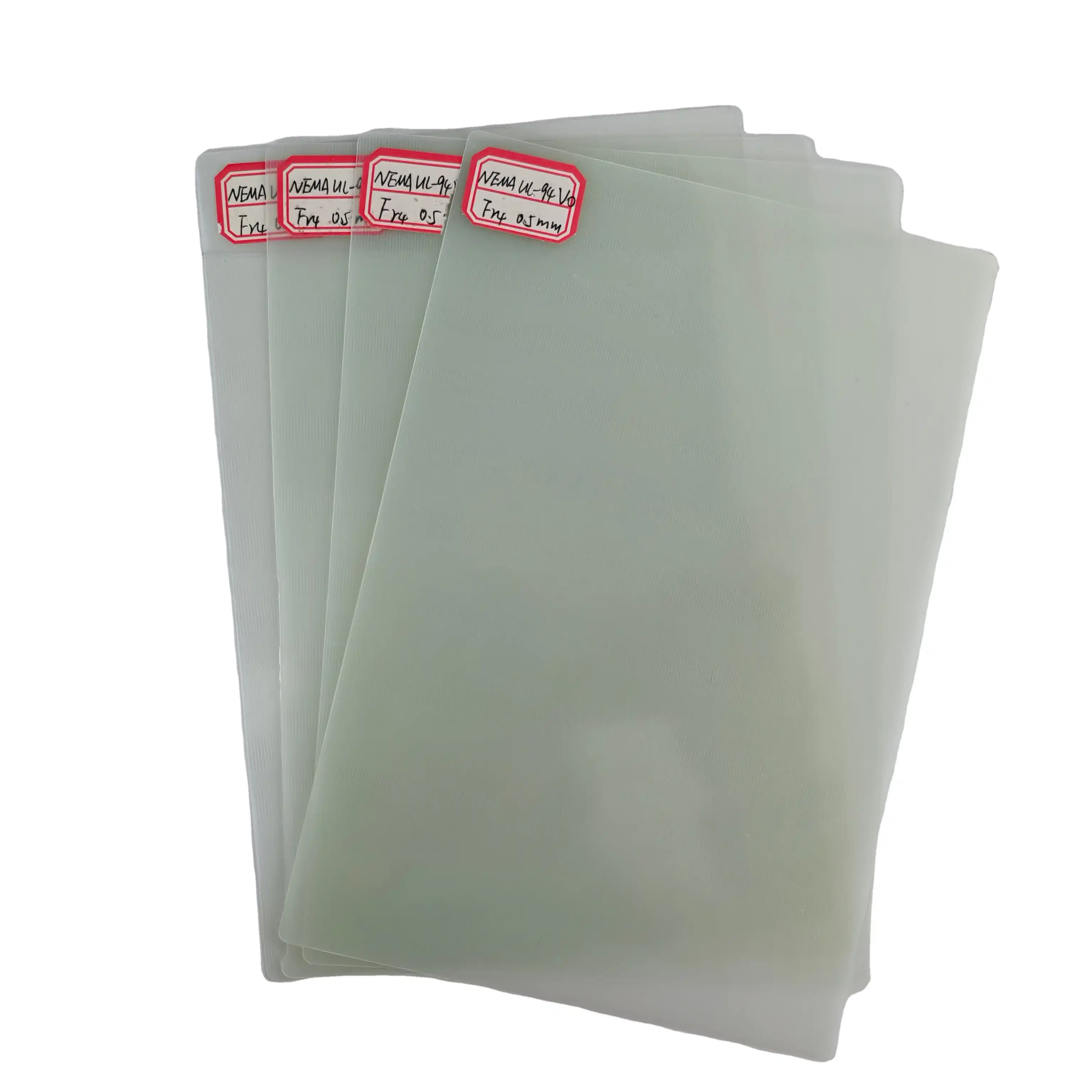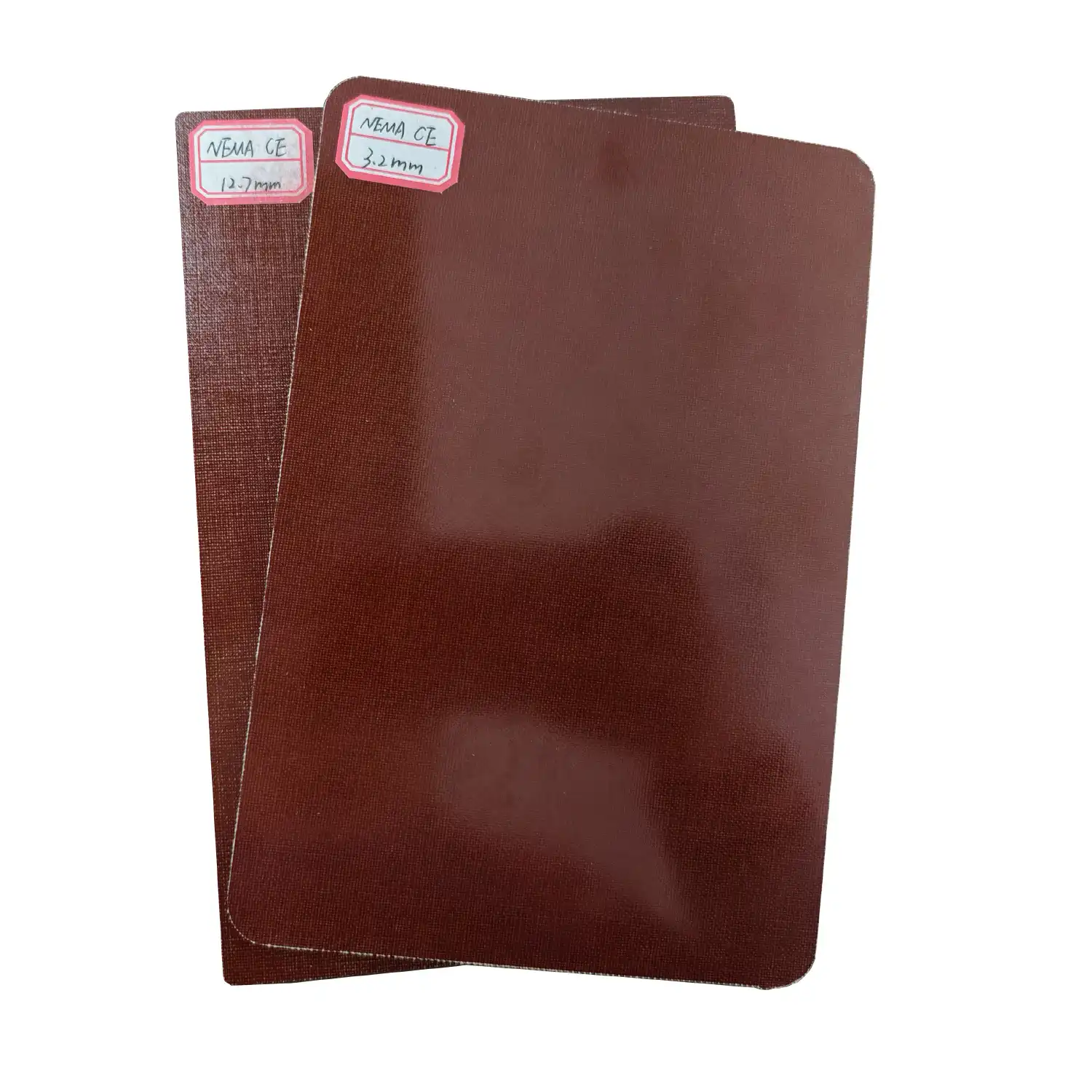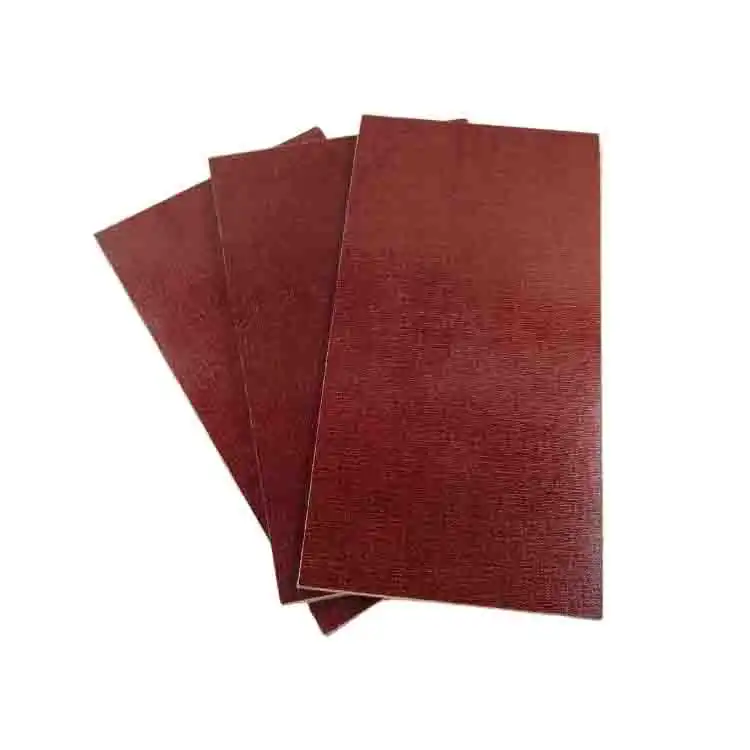What is the Differences between FR4 Epoxy Fiberglass Sheet and 3240 Epoxy Resin Sheet?
2021-03-21
Both 3240 Epoxy Resin Sheet and FR4 Epoxy Fiberglass Sheet are made of alkali-free E-glass cloth impregnated with epoxy resin by processing under heat and pressure, which have extremely high mechanical strength, Insulation, heat resistance, electrical properties and good moisture resistance properties. But these two materials are very different in terms of physical properties or chemical properties.
The adhesive of 3240 Epoxy Sheet is used epoxy resin, with phenolic resin as the curing agent. High temperature resistance is usually 155 degrees. It has good machinability, also very suitable for transformers and transformer oil. Density generally does not exceed the national standard: 1.9. But now many Chinese manufacturers have added fillers such as talcum powder to save costs in the manufacturing process. Its density has increased greatly. But it also greatly reduces its electrical performance, can only be used in general insulation engineering.

FR4 Epoxy Fiberglass Laminate Sheet is also uses epoxy glue. However, it does not use phenolic resin as a curing agent. It is completely cured at high temperatures, usually 180 degrees or higher. It has high mechanic and dielectric performance, applicable as insulation structural components for electromechanical/electrical equipment, as well as used under damp environmental conditions and in oil of transformer. And it can withstand a variety of chemical solvents and acid erosion. Also, FR4 is suitable for electronic circuit boards and copper - clad laminate.

HongDa plastics are an industrial laminated plastic created with resin-based thermoset materials reinforced with fiberglass, cotton cloth, paper. The Hongda laminates have an excellent strength, and a strong resistance to heat, stress and our insulating plate is comparable to similar products abroad in both performance and quality. The enterprise is favored by foreign trade enterprises, and has exported its products to Russia, the Middle East, India, Southeast Asia and other countries and regions, and the annual export volume accounts for more than 30% of the total sales amount.







